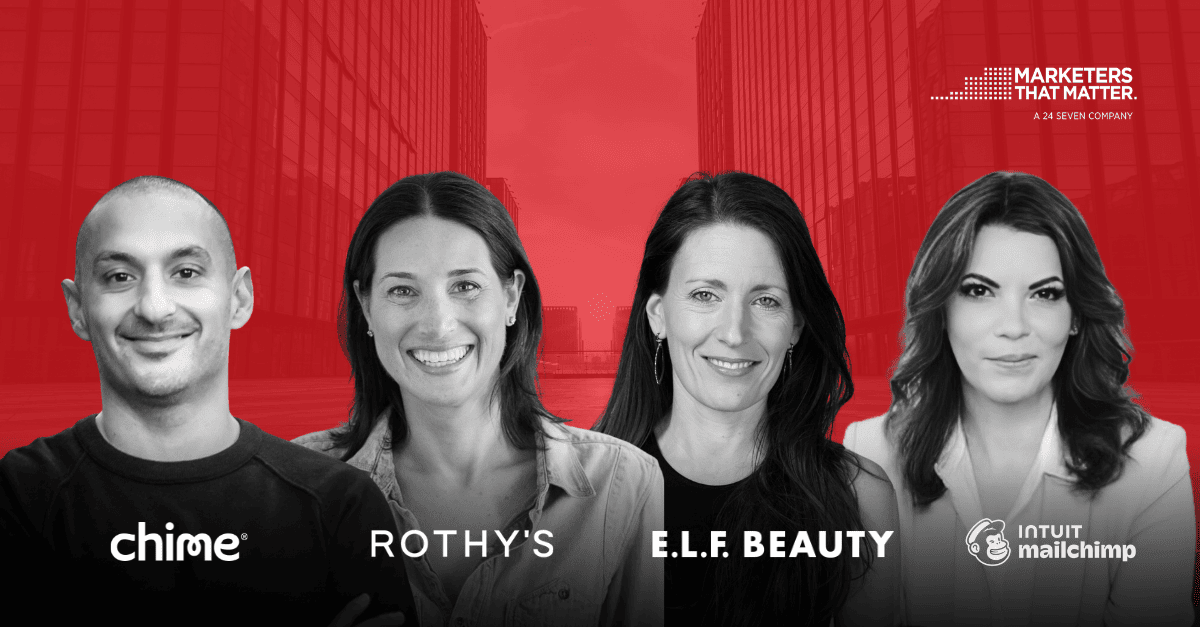At a recent MTM Forum held at Chime’s Headquarters in San Francisco, four Visionaries throwing out the old advertising playbook came together to write a new one, and it’s all about igniting your community to disrupt the status quo.
Meet the inspirers: Kory Marchisotto, CMO, e.l.f. Beauty and President at Keys Soulcare, Vineet Mehra, CMO, Chime, Jamie Gersch, CMO Rothy’s, and Michelle Taite, CMO, Intuit Mailchimp.
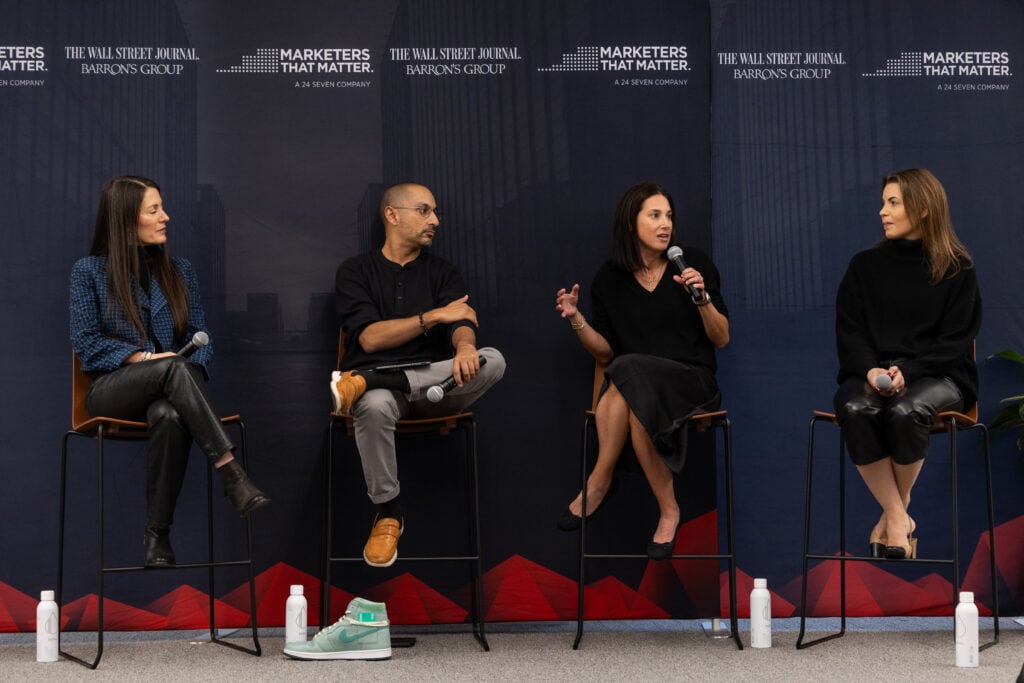
In this article, we’ve summarized their playbook, consisting of four strong case studies, complete with their approaches, outcomes, and reasons why their disruptive campaigns worked. Here’s a brief overview:
- Chime Case Study: Igniting Your Community as Your Best Spokespeople
- Rothy’s Case Study: Knowing When to Embrace Your Community’s Feedback
- Mailchimp Case Study: Engaging with Community Wherever They Go
- e.l.f. Beauty Case Study: Giving Your Community the Keys to Drive the Brand
Stream the MTM Visionaries podcast on Apple, Spotify, Amazon, or wherever you like to listen!
Chime Case Study: Igniting Your Community as Your Best Spokespeople
By Vineet Mehra
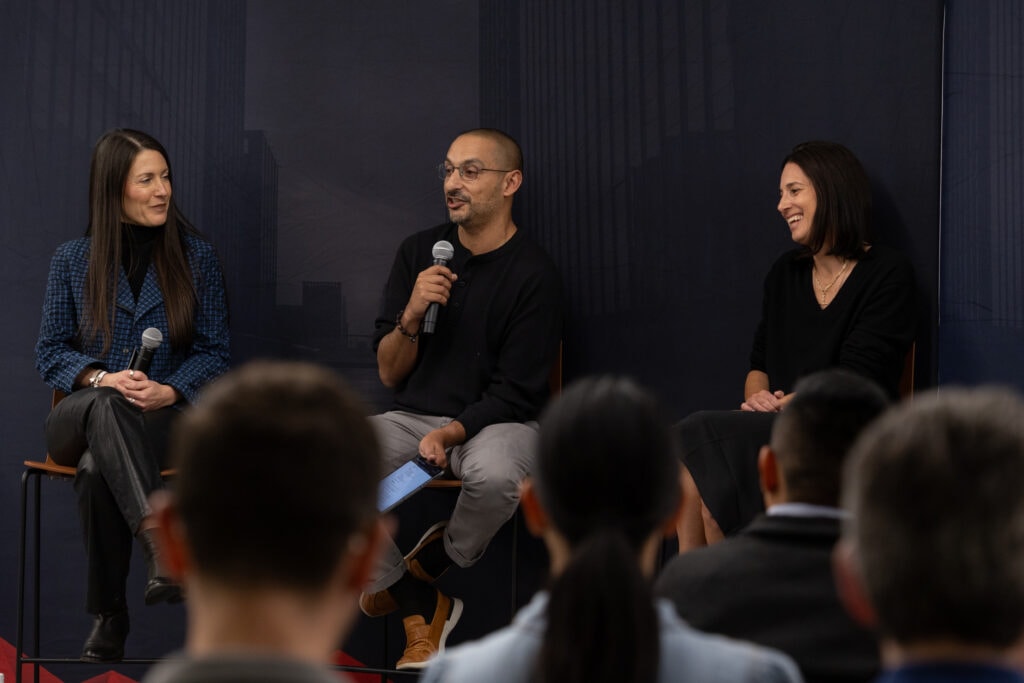
The Approach
One thing that is often overlooked in community-driven disruption is how your company makes money, whether your business model aligns with your community’s interests, and whether your growth strategy and product align with your community. Here’s how we do it:
- How Chime makes money is built into our member-aligned business model:Chime only makes money when members are engaged, using our products, and telling their friends and family about us. When our members win, Chime wins. We do not profit off of our members.
- We ignite community to drive growth: Our community is our referral engine. They love us so much that our referral rate is more than 5x that of national banks and more than 1.5x that of other fintech businesses.
- We build community into the product: Our SpotMe product allows people to give each other a “boost,” so when people are short on dollars, they can go onto our community channels and ask someone to spot them that month. Community members who were once strangers will shout out to each other for SpotMe boosts to create a little more cushion for their overdraft coverage.
- We talk with our members, not at them: As a digital-first brand built through social media, we don’t talk at or down to our members. We avoid “corporate” or “stock image speak.” This is how we’ve built a community on Instagram that is 2x-3x bigger than megabanks that have been around for a really long time.
- We recognize that our community is not a monolith. We don’t treat our community like a monolith – we connect to sub-cultures and niches that make our community unique.
The Outcome
We are changing the industry by serving, connecting with, and igniting our community. Other banks are copying Chime innovations, which is great for the everyday American consumer and is needed now more than ever. For example, Chime offered the option of getting paid two days early in 2015, which is now the norm. We’re also the #1 most loved banking app, and for the 4th year in a row, we have been on the CNBC Disruptor 50 list.
Why It Works
People hate being advertised to. They know what’s authentic and what’s fake. The core principle of advertising has become actors pretending to like your product. That’s why we focus at least 80%-90% of our media weight on member-driven creative. Whenever we put out a casting call, we receive an overwhelming response of around 25,000 entries. We receive numerous videos from people who are eager to be featured in our commercials. We have successfully engaged our community to be our spokespersons and feature them in our advertising. It’s crucial that people see our ads and realize that these are not actors. People can easily tell the difference now. Our member community is at the heart of everything we do at Chime, and our authenticity shines through.
Rothy’s Case Study: Knowing When to Embrace Your Community’s Feedback
By Jamie Gersch
The Approach
You may remember when Meghan Markle wore The Point shoe back when the Rothy’s brand was launched. It was The Point, the original shoe made from recycled water bottles, that put this brand on the map. It was stylish, comfortable, and a better alternative for the planet. The brand was launched in 2016, and over the years, the community has organically come together outside of Rothy’s to build itself. A group on Facebook with 30,000 women named themselves “Rothy’s Addicts.” They tell the company everything – the good, the bad, what they want, what they love, and what they want more of. Over the years, we heard that they wanted the shoes to be more comfortable, have a better flattering fit, and not rub in the back. The design team diligently started working to address this feedback.
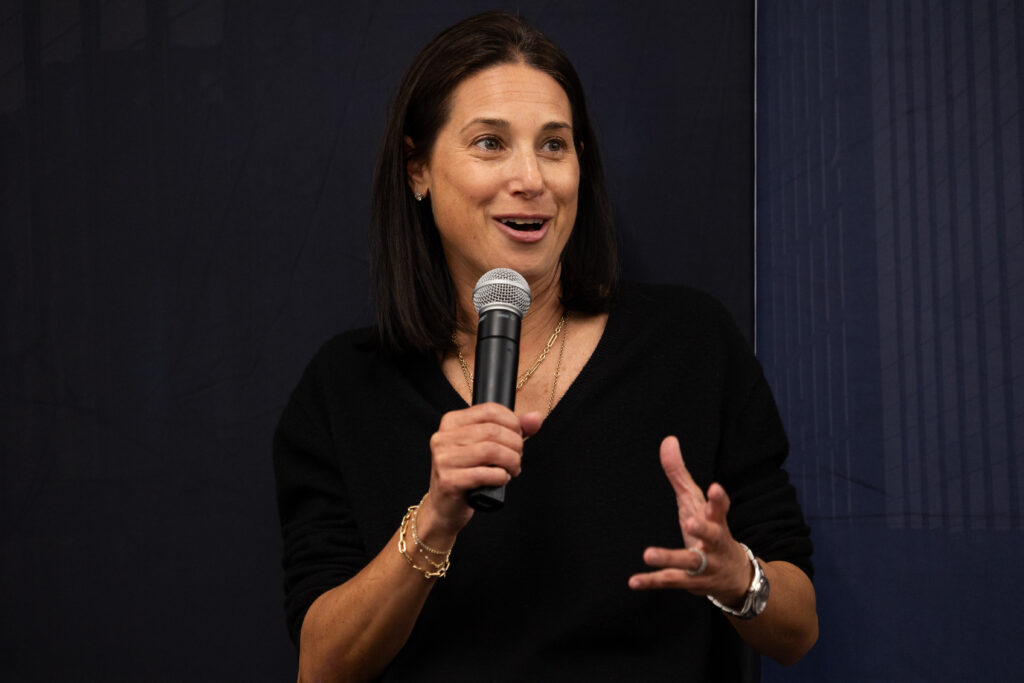
The Outcome
It took the design team two years to feel like they had a good model to go out with. However, they realized they could never take away the original because the community was founded on the love of this original shoe. We figured out a way to introduce the new shoe in the market without making the community feel like they were taking away their favorite product. Rothy’s got shoe samples and seeded the product to the “Rothy’s Addicts” community before the official launch. We had them try it, give us reviews, and tell us what they loved and didn’t love.
Why It Worked
The Rothy’s Addict community loved it. This helped us galvanize the community beforehand, and Rothy’s Point II shoe caught on. We also used all of their feedback for how they introduced the shoe to their community in our launch. We took the content from the community, even new customers, to show how we listen. We are super proud of this and continue to tap into this community. We listen to what they don’t like and take it and say, “Okay, how do we make it better?” Or “How do we make sure we don’t take away what they love?”
Intuit Mailchimp Case Study: Engaging with Community Wherever They Go
By Michelle Taite
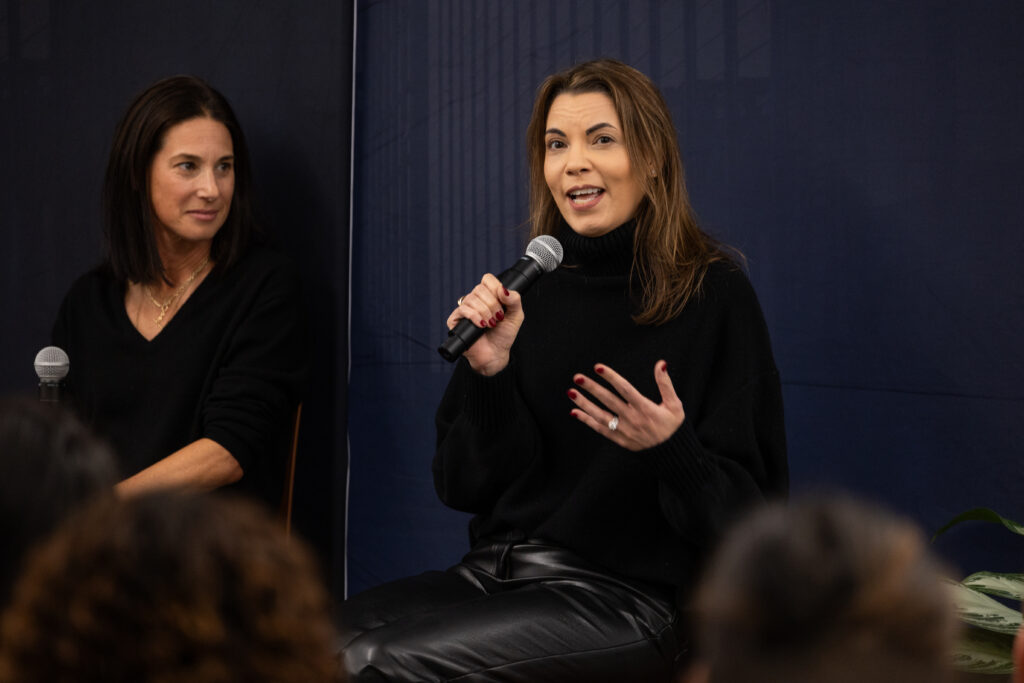
The Approach
Our approach is customer-focused, putting consumers’ needs first. Recently, we have transitioned from serving solopreneurs and small businesses to providing sophisticated solutions to advanced marketers. We aim to empower every ambition by providing marketers with the same tools that were previously only available to enterprises with specialized marketing teams. We have taken a two-fold approach to this. We have formed a customer advisory board (CAB). We work closely with our customers to better understand their needs and pain points. Our product, engineering, and marketing teams are constantly in touch with our customers to provide them with value and improve their experience. And we understand that marketers care about two things–business results and creativity–so we aim to provide them with the inspiration they need.
The Outcome
As a creative brand, we pride ourselves on being able to explore and engage with our customers wherever they may be. We have the ability to play in creative spaces that many of our competitors cannot. Recently, we participated in New York Fashion Week with the Black in Fashion Council, aligning with our values of democratizing access to audiences, tools, and education. Our marketers were interested in knowing how we could assist someone to break into New York Fashion Week, and we were committed to giving them an answer.
Why It Worked
We selected five up-and-coming Black entrepreneurs and creatives and created a capsule collection. The capsule was created by the community, with us providing access to different stages and curating the process. We also worked on Bloom Season, an online editorial that gave a platform to Black entrepreneurs and marketers in the first season and the LGBTQ+ community in the second season. Our approach was to curate and enable the marketers and entrepreneurs to talk to the audience and prosper with their businesses. We acknowledge that we do not have all the answers, and so we give them the stage to share their expertise and experience.
e.l.f. Beauty Case Study: Giving Your Community the Keys to Drive the Brand
By Kory Marchisotto
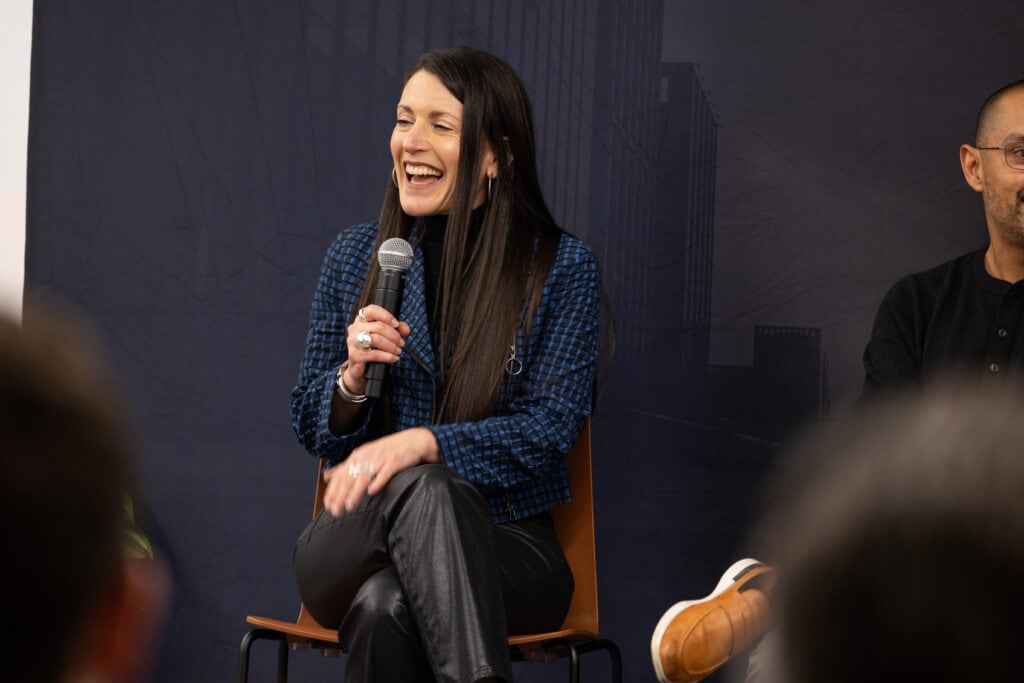
The Approach
e.l.f. is a brand of the community, by the community, and created with the community. Our aim is not to decide or determine what e.l.f. is, but to shape it based on the feedback we receive. To achieve this, we need to be in tune with their unique needs, wants, and desires, and be aware of the problems that we can help them solve.
The Outcome
When I started at this company almost five years ago, I realized that no one really knew what e.l.f. stood for or how to pronounce it. All they knew was that it was an acronym. To address this, we launched a TikTok campaign inviting people to express their eyes, lips, and face using an original music track. This helped us bring the brand to life and create awareness among our target audience. Most recently, we repeated this playbook internationally where we want to build the brand and create awareness among consumers in the UK. This time, we asked our UK community what e.l.f. meant to them. This sparked a campaign that created a movement.
Why It Worked
My favorite part of the campaign was the people in it; they were street casted. We found them at two o’clock in the morning, rolling out of a nightclub, and asked them if they wanted to be in our campaign for “e.l.f. day.” It was amazing. The brief was to come as the best version of themselves. They picked their outfits and showed up the way they wanted to be. All we did was give them a stage to express their best selves.
How to Be a Community-Driven Disruptor
If you want to embrace a more disruptive strategy that leads to more authentic connection, Jamie, Kory, Michelle, and Vineet outline four methods that work for them:
💡 Be advocates for what your community stands for.
💡 Sync up your community and company.
💡 Constantly show up in the right conversations.
💡 Marry storytelling with the velocity of performance marketing.
Be advocates for what your community stands for.
By Jamie Gersch (Rothy’s)
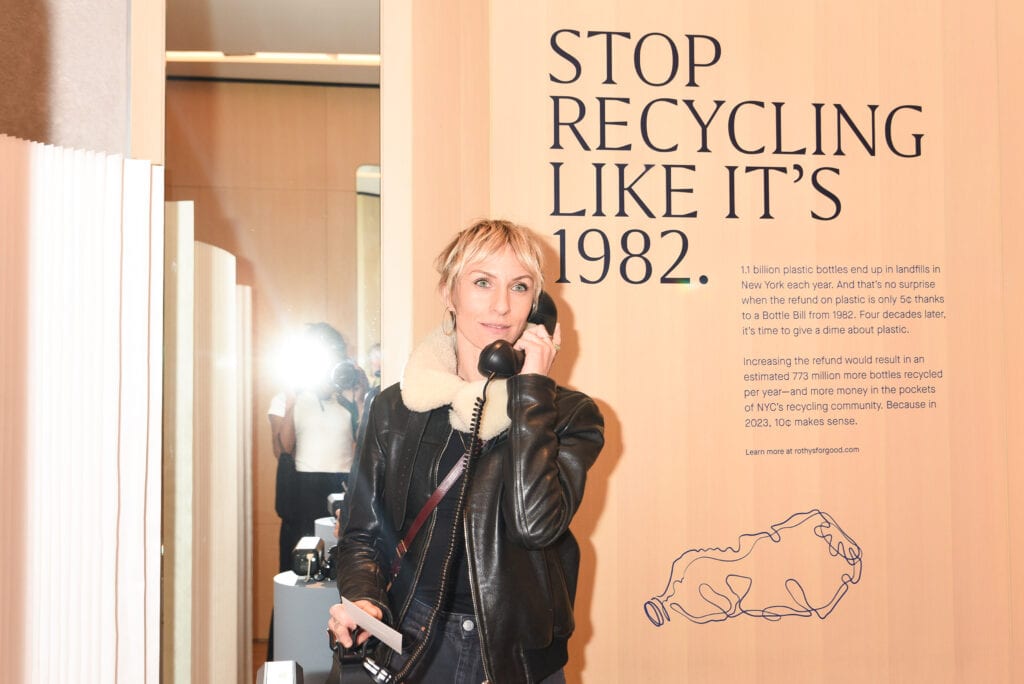
We have a passionate sub-community dedicated to creating eco-friendly products for the planet. They firmly believe that plastic is the enemy, but let’s face it: plastic won’t disappear anytime soon, right?
So, while we’re dealing with plastic, how do we create value from it? We listened to our community and discovered another sub-community: the informal recyclers in New York. There’s this nonprofit in Brooklyn called Sure We Can, representing these recyclers who make a living collecting bottles. Surprisingly, they haven’t seen a pay raise in 40 years.
Here’s the thing: it’s been five cents a bottle since 1982. Our community cares deeply about the value of plastic; they even buy shoes made from recycled plastic bottles. So, how did we address this? We decided to advocate. We learned about a bottle bill proposed to the New York legislature, suggesting raising the bottle’s worth to 10 cents.
This change doesn’t just benefit the planet; it directly impacts these informal recyclers who deserve better pay than they did four decades ago. Our store in Noleta became an advocacy platform, echoing the message: “Stop Recycling like it’s 1982.” We’ve reached out to the New York legislature and continue to do so today. In fact, we’re gearing up for another push at the Brooklyn Museum in two weeks.
This all ties back to what matters: what the business cares about and what the community values. We won’t halt our efforts until we’re done. Until the time plastic becomes obsolete, we believe it deserves a higher value. Our community deserves it, and so does the world. This has been a significant achievement for Rothy’s, being advocates for what we stand for and what our community believes in.
Sync up your community and company.
By Kory Marchisotto (e.l.f. Beauty)
Like many beauty companies do, we released a seasonal collection themed around watermelon, featuring the Jelly Pop primer. It was meant to be limited edition, so it came and went.
But the community went crazy when we removed it from the market. They fell in love with it. So, we asked, what do you love about it? They loved that it’s a sticky primer with grip. Yet, some in the community didn’t like the watermelon scent.
We responded by creating Power Grip—a sticky, grippy primer without fragrance. It became a sensation, the top-selling cosmetic in America.
But there was a persistent demand for Jelly Pop. A Jelly Pop community emerged, demanding its return loudly on every platform. My team kept saying, ‘We need to talk about Jelly Pop.’
I decided to go on TikTok Live to discuss it. 5,000 people joined, and I asked why they wanted Jelly Pop. They wanted a sticky primer. I suggested using Power Grip, but it wasn’t pink like Jelly Pop. So, I mentioned Power Grip, which is pink, but it didn’t have the watermelon scent.
Realizing it was the watermelon fans, I challenged them to convince our executives to bring back Jelly Pop. We took the community on a TikTok Live journey through our company C-Suite, eventually reaching our CEO, who agreed in 30 seconds.
e.l.f. stands for making beauty accessible, not just in products but also in decision-making rooms. The way you sync your community with your company is to seamlessly integrate the two. Bring your community into the boardroom and bring your boardroom into the community.
Constantly show up in the right conversations.
By Michelle Taite (Intuit Mailchimp)
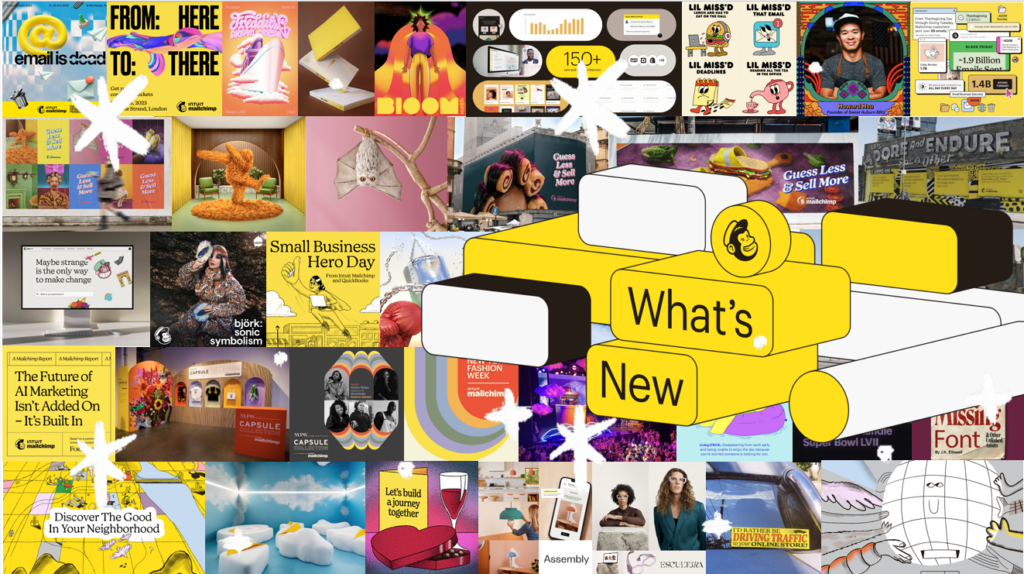
For us, it’s all about the small unlocks within our community, and we’ve found that playing in pop culture is part of that. Let me give you two examples.
The most recent is an exhibit we hosted at the London Design Museum called “Email is Dead.” Just to be clear, email is very much alive. We said, “Hey, we’re making a splash in the UK, which is a really important market to us. We know that marketers there spend a lot of time in exhibits on their weekends, and it’s their form of creative intake. So why don’t we host an exhibit at the London Design Museum that talks about the cultural power of email?” So, we formulated a great storyline around the history of email that was funny yet expert. We also made it interactive and formulated the exhibit to provide a view on the staying power of email, but also to get more first-party data.
Another example is when we were in Boston and one of our big competitors, who very much owns the sophisticated marketers market, was having a conference. We realized that all of our prospects were going there, so we bought out all of the out-of-home advertising in the conference area, colored it all yellow (our brand color), and wrapped cabs in our marketing and colors. We took people from their hotels to the conference for free, gave them swag, and showed them fun and educational videos. We got them to interact with us through a QR code with some swag and started to change perceptions about who we were. We also got our competitors a little bit angry, but that’s okay.
Marry storytelling with the velocity of performance marketing.
By Vineet Mehra (Chime)
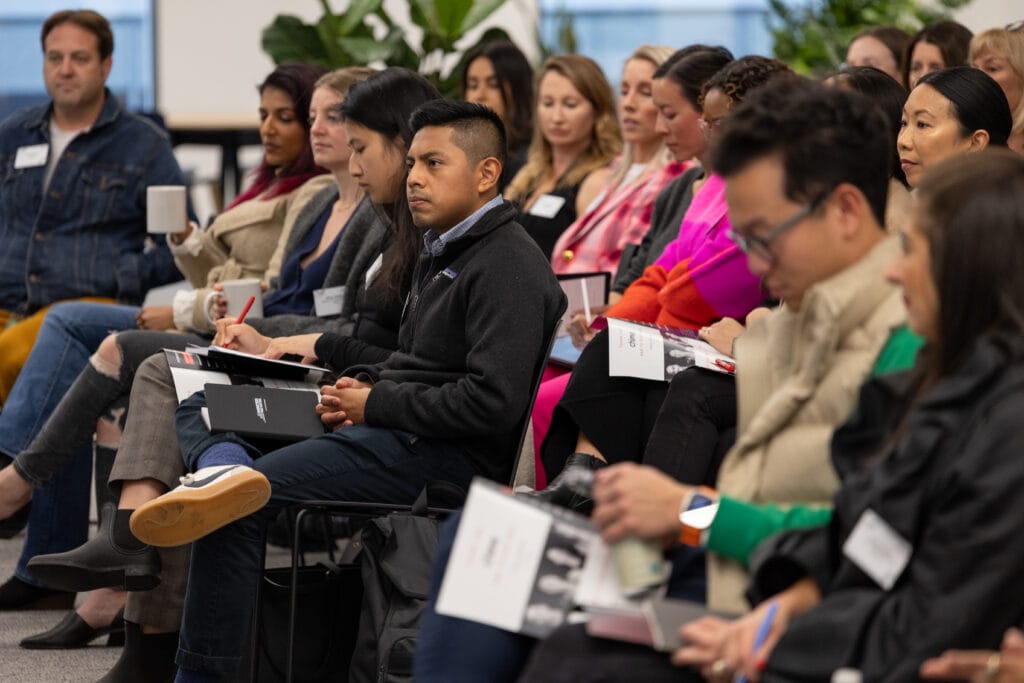
We’ve treated performance marketing and brand as separate entities, but the truth is, you need the full stack, the entire funnel, to execute what these top marketers are achieving.
I term this as ‘performance storytelling.’ Essentially, it means that labeling something as either performance marketing or brand alone is nonsensical. Everything should be performative in its own way, while aligning with doing what’s right.
Brand-building spawns future customers and expands the pie that you later capitalize on through direct response and performance marketing. This isn’t just theoretical; it holds true mathematically. The first step is for all of us to embrace this performance storytelling mindset, comprehending how everything interconnects from the top to the bottom of the funnel.
Another point I’d like to share—perhaps a controversial take on modern careers—is that many of our future CMOs will likely emerge from the social realm. Those excelling in social storytelling and content today are primed for this because it’s both measurable and creative, combining design and marketing prowess.
However, even if you start in social, it’s crucial to gain experience in performance marketing and brand early in your career. This minimizes the tradeoffs you’ll face later on. We’re moving into an era where the division between these realms is no longer constructive for brand building.
The focus should be on nurturing a full-stack nature among our talent, cultivating CMOs who are adept performance storytellers and have diverse experiences.
Meet The Visionaries
Vineet Mehra, CMO at Chime: Vineet Mehra is the Chief Marketing Officer at Chime, overseeing Chime’s growth initiatives across the U.S. in addition to developing impactful marketing and advertising initiatives. Vineet joined Chime from Good Eggs, where he was Chief Growth and CX Officer. Prior to Good Eggs, he was Global Chief Customer Officer at Walgreens Boots Alliance where he helped steer the company through the peak of the pandemic across the U.S. and U.K, and Global Chief Marketing Officer at Ancestry where he and his team transformed the brand and brought consumer genetics into the cultural mainstream making Ancestry DNA one of the best-selling products in the category. He also served as Global President of Johnson & Johnson’s Baby Care Division and Global President of their Marketing Function. Vineet is a recognized leader, and was named by Forbes as one of the world’s 50 most influential CMOs, and in 2019, AdWeek named him as one of their Top 20 Tech CMO’s.
Jamie Gersch, CMO at Rothy’s: As the Chief Marketing Officer at Rothy’s, Jamie Gersch oversees global brand marketing and eCommerce strategies to expand the loyal community of over 3 million customers. Jamie is renowned for crafting purpose-driven campaigns that enhance brand equity, relevance, and loyalty, aligning with Rothy’s vision of creating a more sustainable and stylish future. Before joining Rothy’s, Jamie led Old Navy’s global marketing team, fostering brand love through a democratic approach to style for the entire family. Personally dedicated to ensuring all marketing elements reflect the brand’s true essence and emotionally resonate with consumers, Jamie is a recognized industry leader, named as one of the top 50 CMOs by Forbes CMO Next. She graduated Cum Laude from Colgate University with a BA in Sociology. Passionate about supporting organizations focused on the education of young children, Jamie serves on the board of Boys & Girls Clubs of America. She resides in Marin County with her husband Jordan and their three children: Sam, Noah, and Abby.
Kory Marchisotto, CMO at e.l.f. Beauty, President at Keys Soulcare: The personification of e.l.f.’s renegade spirit, Kory’s fearless approach to marketing has helped fuel the company’s 19 consecutive quarters of net sales growth, grow e.l.f. Cosmetics to become the #3 largest mass cosmetics brand nationally, and secure the brand’s spot as Gen-Z’s #1 favorite cosmetics brand. Since joining e.l.f. Beauty in 2019, Kory has not only led the resurgence of e.l.f. Cosmetics but also strategically expanded the company’s portfolio to include e.l.f. SKIN, clean beauty pioneer Well People, the groundbreaking lifestyle beauty brand Keys Soulcare, created with Alicia Keys and high-performance clinically-effective skincare brand Naturium. Kory has been recognized as one of WWD’s 25 Most Inspiring Women, Business Insider’s 27 Most Innovative CMOs in the World, Forbes’s Entrepreneurial CMO 50, Adweek’s Brand Genius—and these are just a handful of the honors that recognize Kory as a powerful change agent and inspirational leader. Through her record- and beauty-boundary breaking results, Kory continues to show the world that anything is e.l.f.ing possible🚀.
Michelle Taite, CMO at Intuit Mailchimp: Michelle Taite is the Chief Marketing Officer of Intuit Mailchimp. She leads Mailchimp’s Marketing teams and is responsible for the business’ end-to-end brand, acquisition, performance, product, and lifecycle marketing activities globally in addition to overseeing Mailchimp’s internal agency, Wink, who won Ad Age’s In-House Agency of the Year Award in 2023. In this role, Michelle works to bridge performance with the creative and emotional pieces of the brand by connecting small and mid-market businesses around the world with the tools to help them grow, empowering them with content and community, and inspiring them to stay true to themselves. Previously, Michelle was the Vice President of Global Marketing for QuickBooks at Intuit. Before joining Intuit, Michelle served in a variety of brand management roles at Unilever, most notably, leading the iconic core Dove Global Body Wash business.
Marketers That Matter® is a community of top marketing executives coming together to pioneer the future of marketing, sharing real-time experiences, and solving current challenges.
Our parent company, 24 Seven, specializes in helping you find exceptional marketing and creative talent for your teams.

